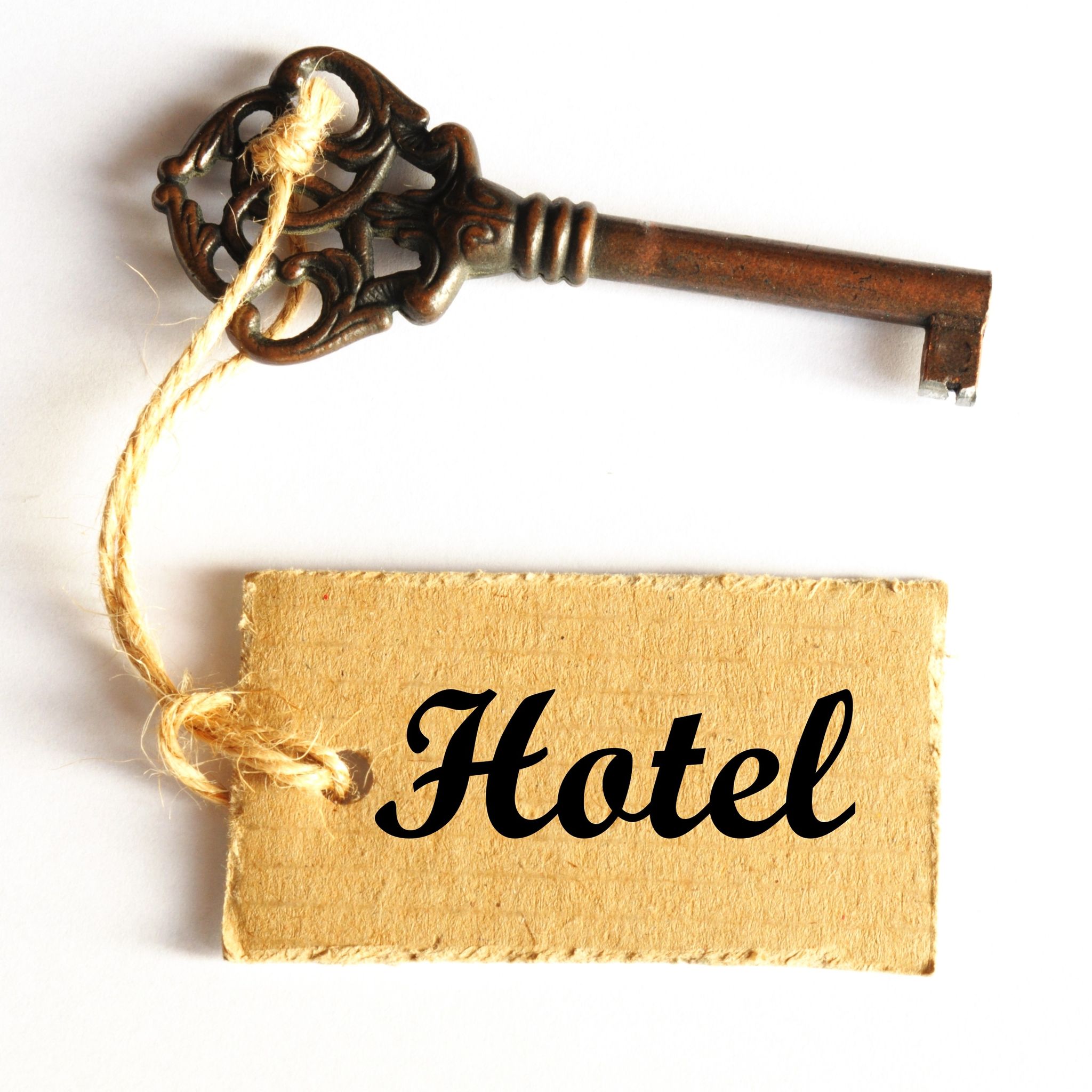The semi-rural suburban area of Suffolk County is found at the eastern portion of Long Island. It has been a settlement since at least the 1640s. It was once home to fishing and whaling ports. Those who stay in hotels in Suffolk County often wish to explore the early heritage of Long Island.
Fishing and Whaling
It is hard to believe today that Long Island was home to many ships intent on making a living off whales. In fact, many of the small towns and villages of the time owed their livelihood to this industry. Small hotels in Suffolk County put up sailors and other sea adventurers before and after their voyages. They came from all over the world to go after the whales in the region.
This life is remembered on the Island. For those who wish to learn more about the maritime history, it is easy to do so. Rent a vehicle or take public transport to any of the following places:
Cold Spring Harbor: Once a whaling village, it is currently home to the Cold Spring Harbor Whaling Museum as well as the Whaling Museum Society Inc.
Sag Harbor: This town came into being in the 1700s and quickly became part of the whaling industry. In fact, it became a center for whaling ships from around the world. Its importance is such that it gains mention in the great whaling epic/allegory Moby Dick written by Herman Melville (1819-1891) in 1851.
The town boasts the Sag Harbor Whaling and History Museum as well as the Old Whalers Church (1843). Both were designed by well-known 19th century architect Minard Lafever (1798-1854). The Whaling Museum resides in the former home of a whaling merchant Benjamin Hunting II.
West Sayville: The Long Island Maritime Museum is located in the former estate of Mrs. Florence Bourne. Meadowedge Estate was home to her and her father, Frederick Gilbert Bourne. He was a former president of the Singer Sewing machine company from 1889 until 1905. Here, you can see two vessels the Priscilla and the Modesty as well as other items relating to the local maritime history.
Rich Estates
In direct contrast to the whaling past of the region are the homes of the homes of the wealthy residents both past and present. From hotels in Suffolk County, it is possible to see some of the magnificent homes that became part of the Island’s make-up. In the late 19th and early 20th century, the ultra rich of the time began to build large estates. They chose the north shore and some built in secluded coves or on cliff tops.
For those who want to catch a glimpse consider visiting East Hampton and walking along Ocean Avenue or Lilly Pond Lane. In fact, the Hamptons has become synonymous with wealth. Overall, in fact, Suffolk County is home to some of the state’s most sumptuous mansions.
If you come to Long Island, there are many reasons you to want stay in hotels in Suffolk County. The whaling history of the island combines with the current lure of the rich and famous, to give the area an interesting panache. If neither aspects pique your interest, it is only a short skip and a hop to Manhattan and New York City.

